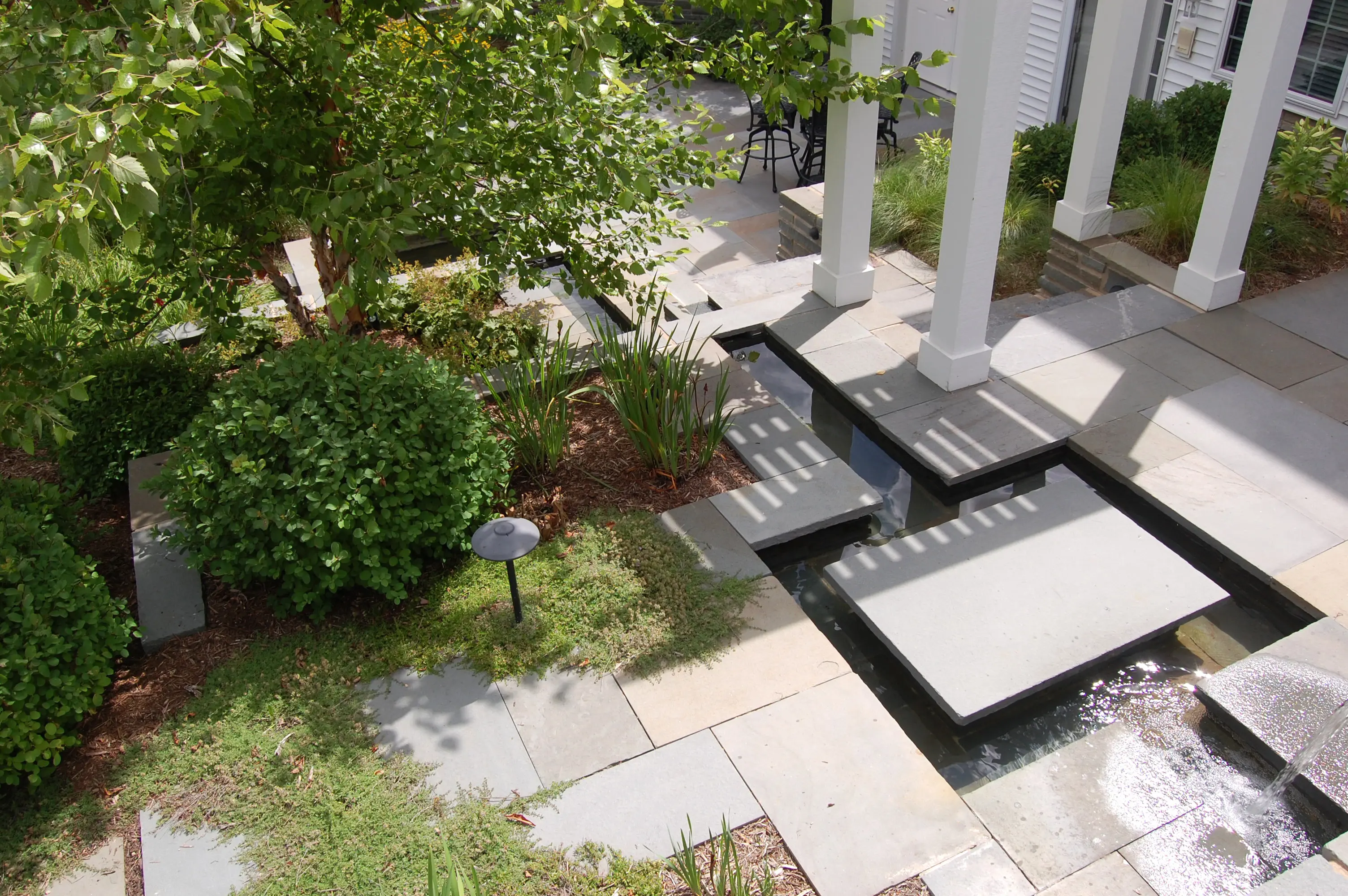
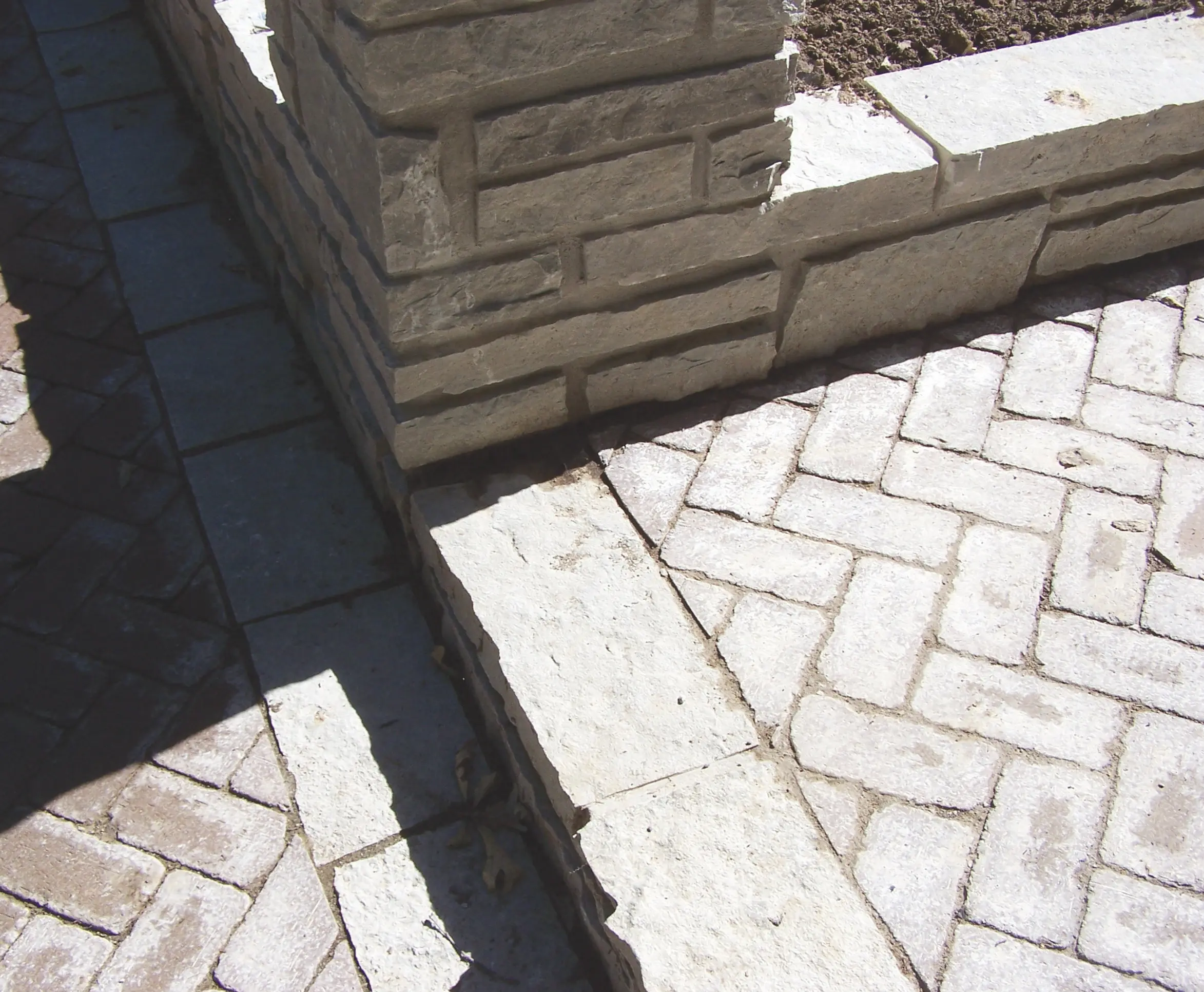
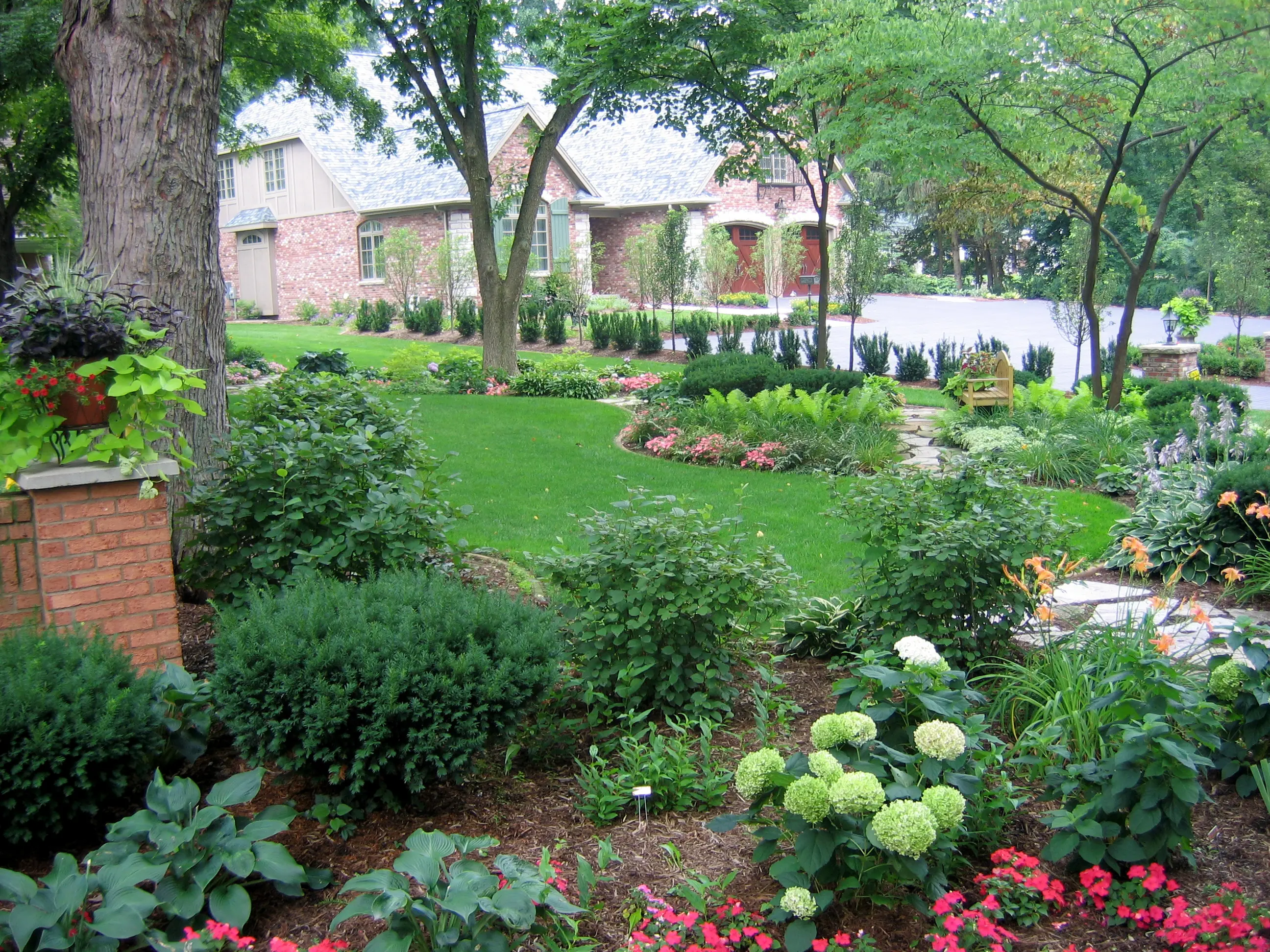
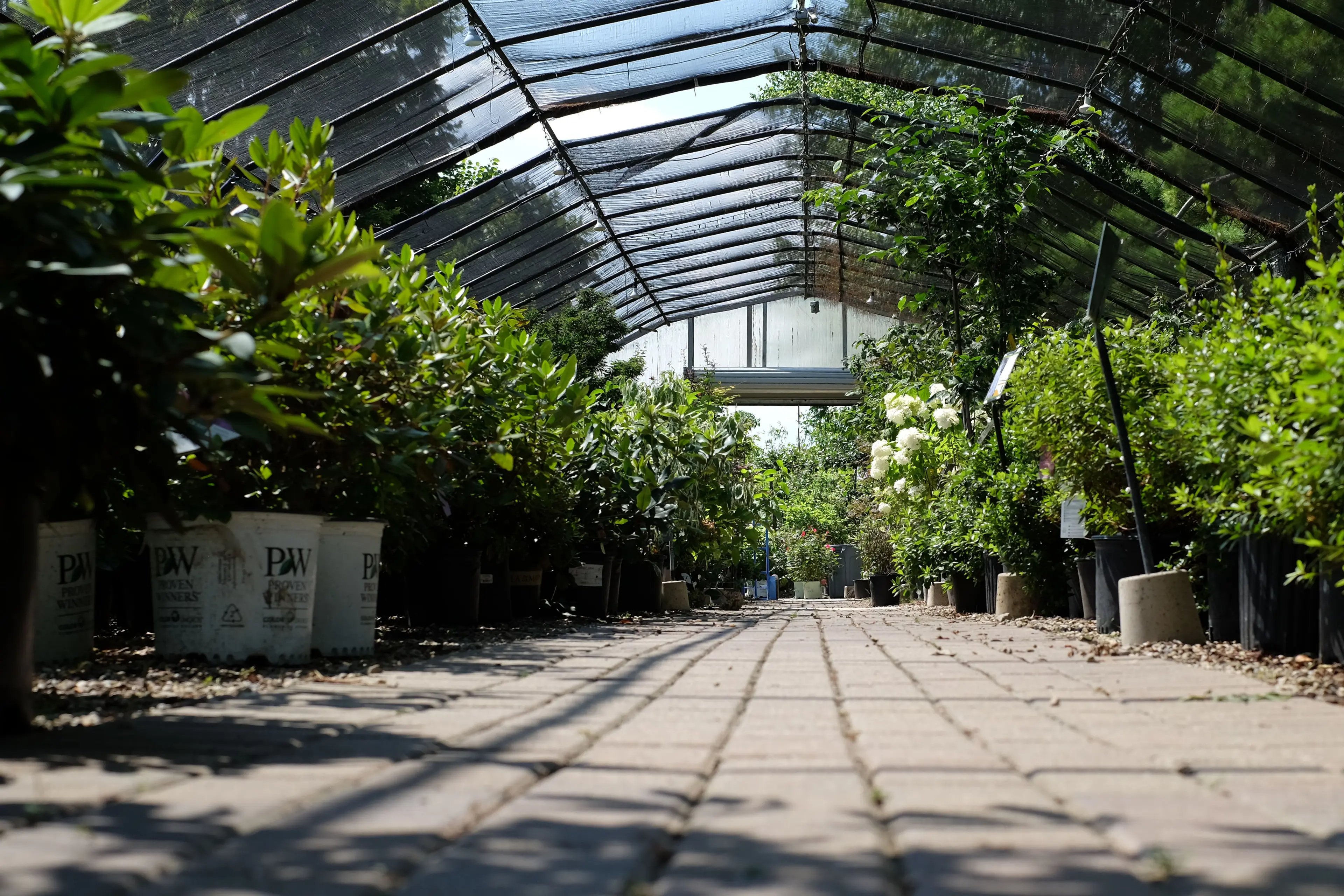
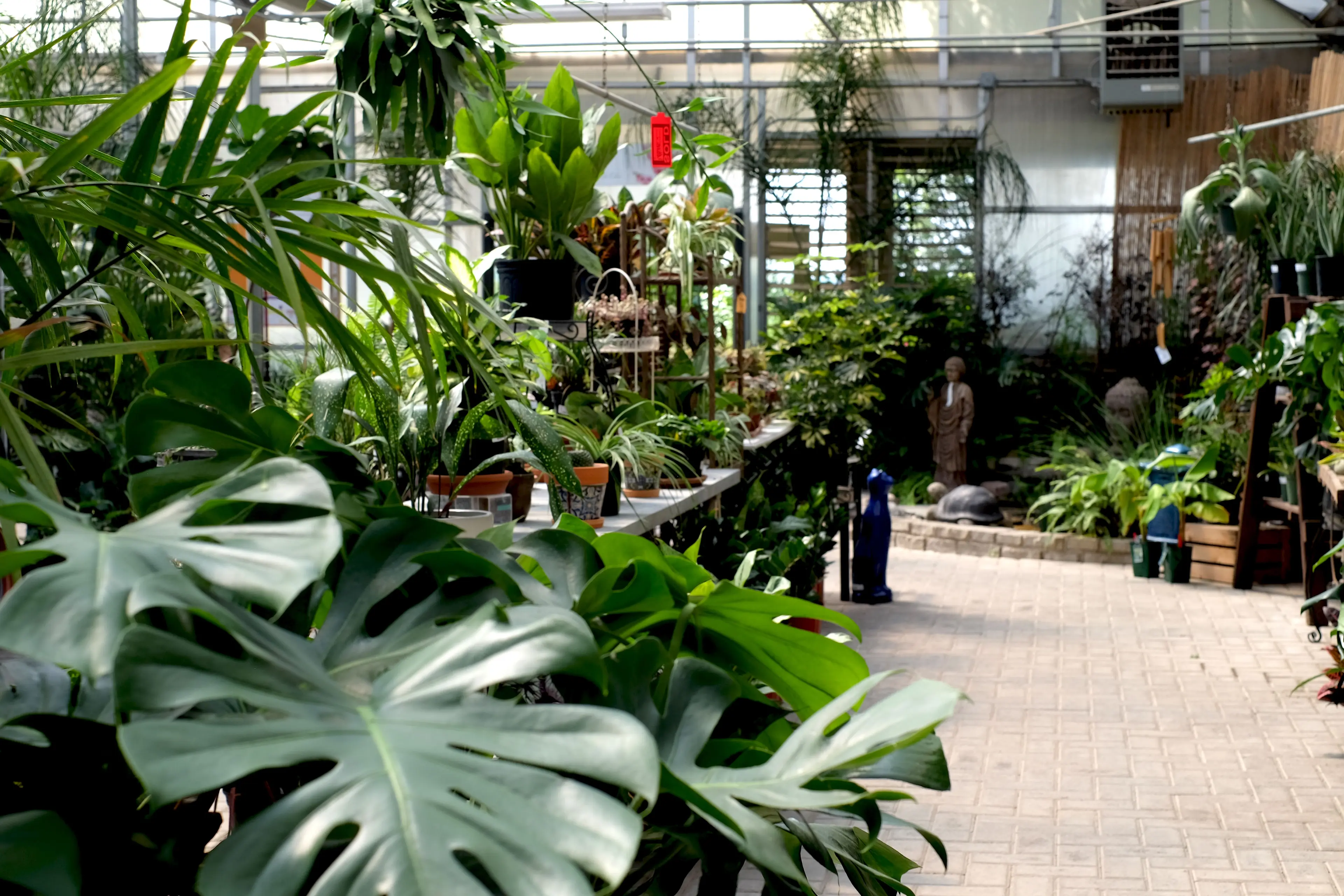
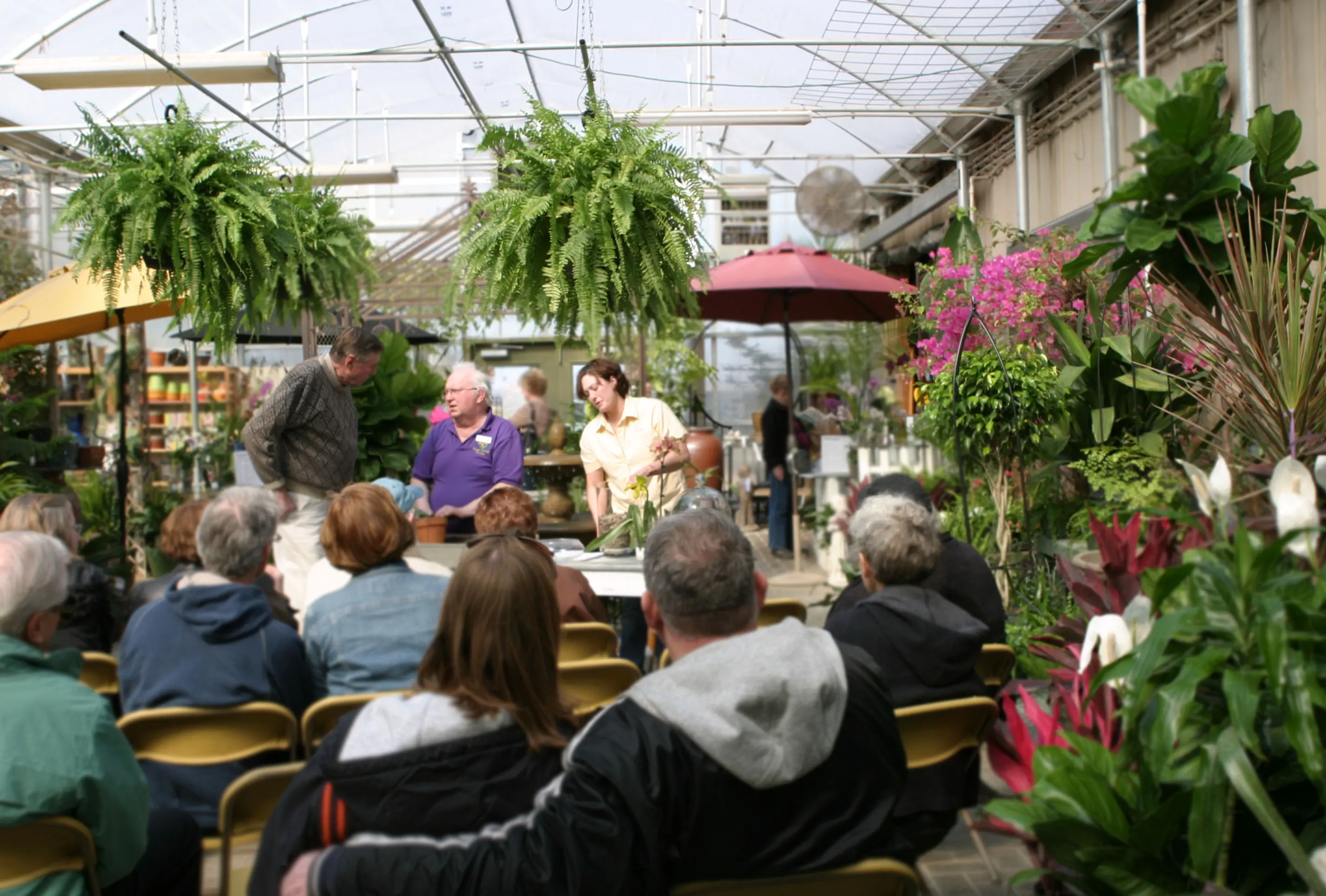
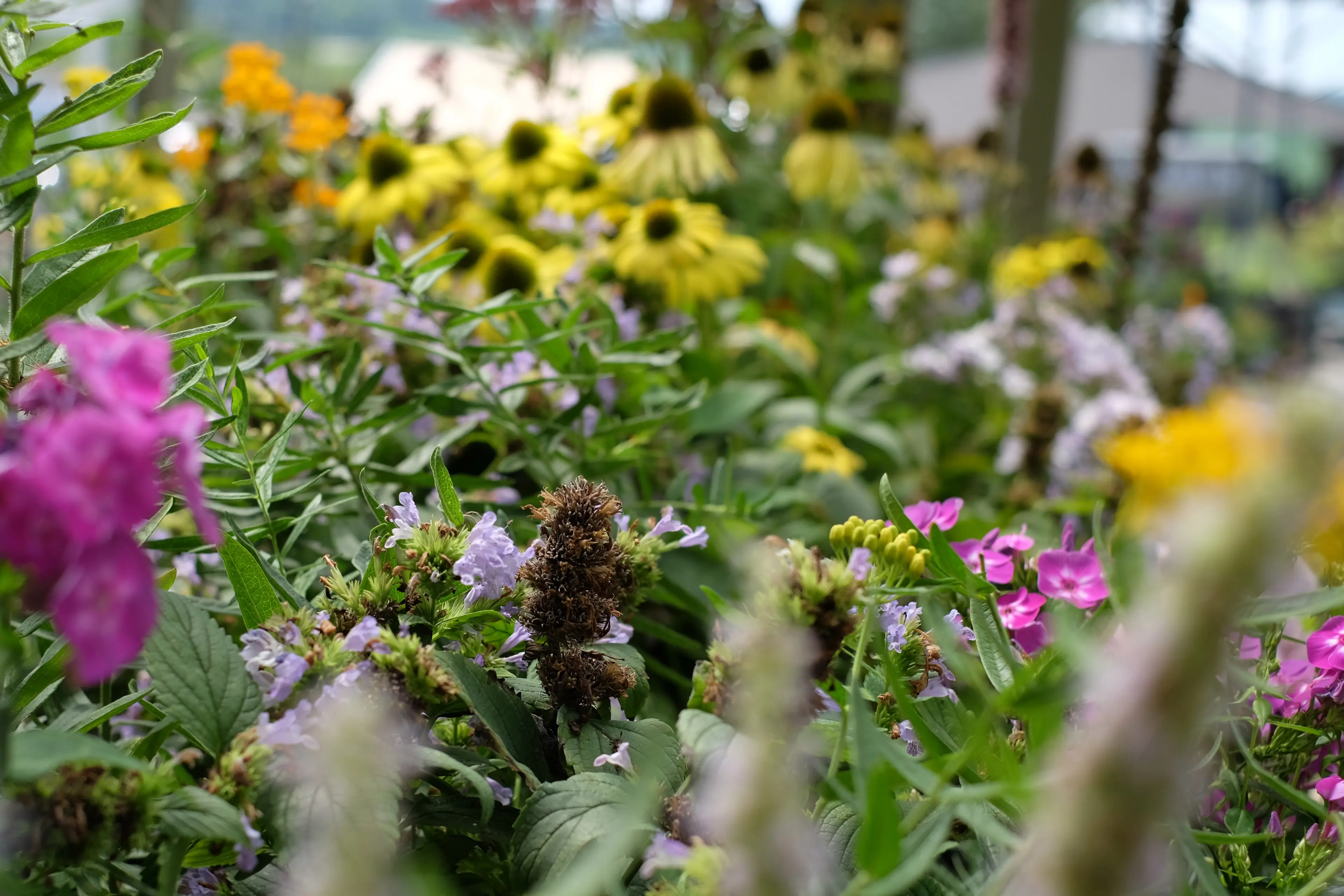

Garden Center
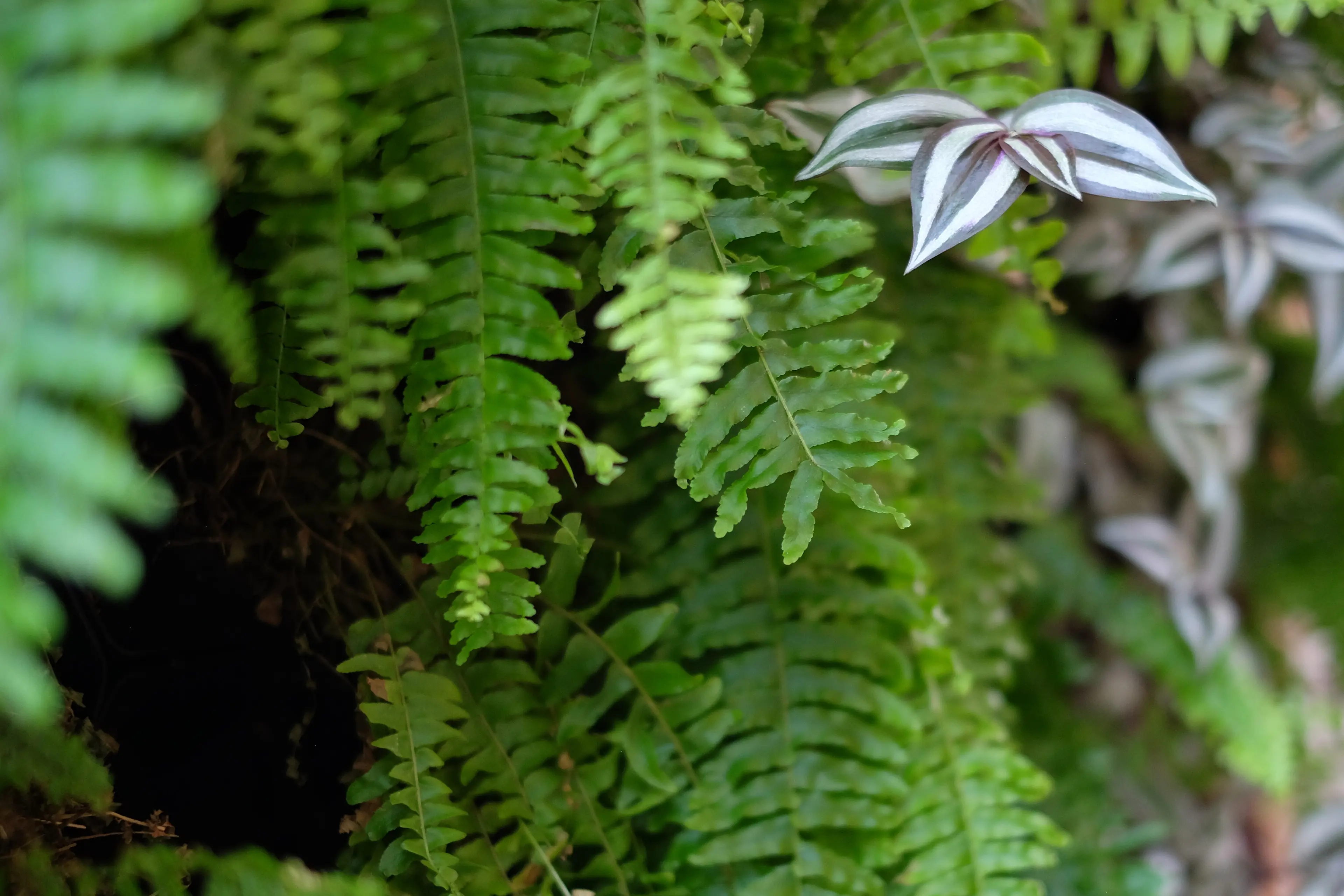
Houseplant Care
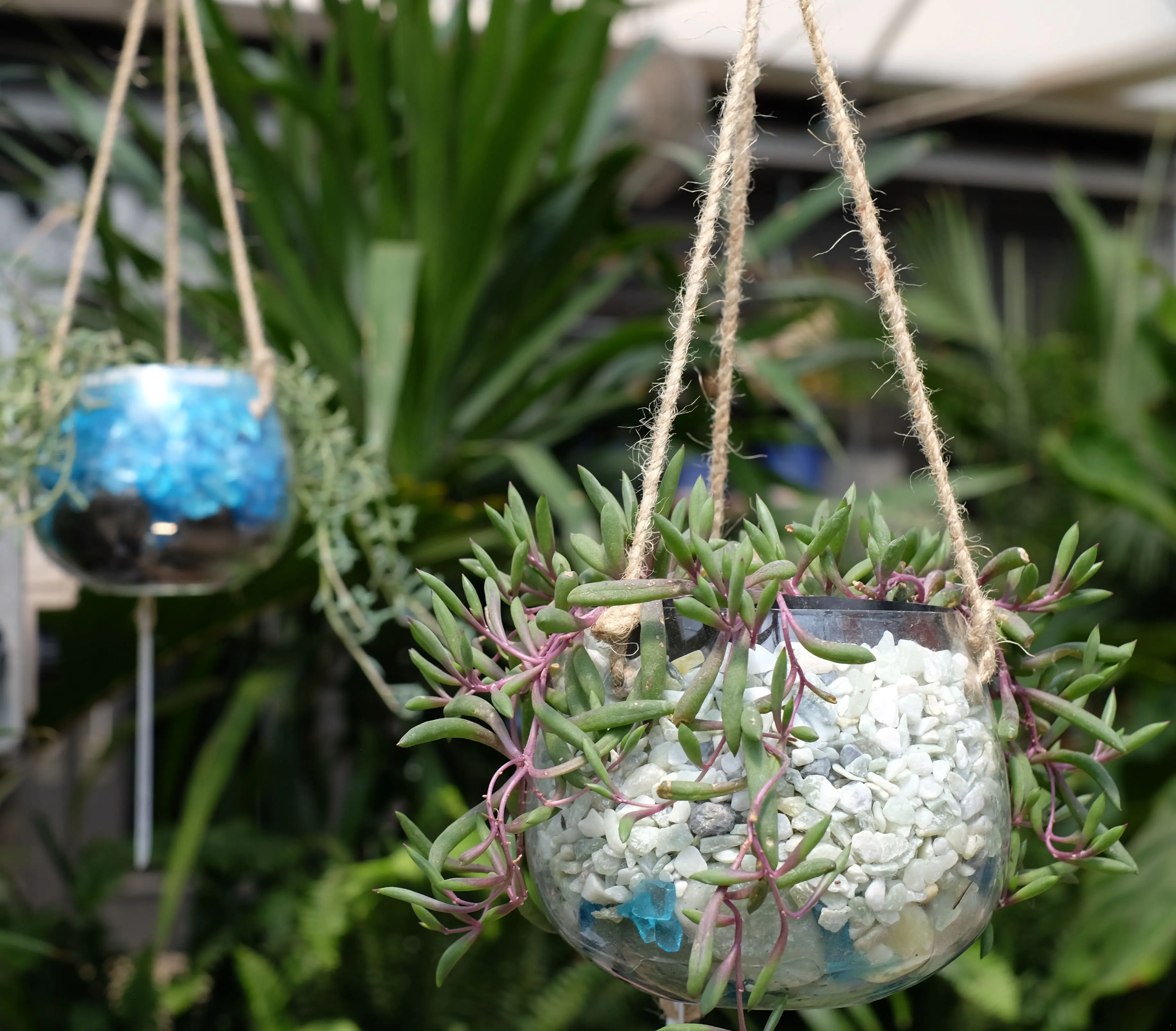
Lighting
It’s best to select a plant that fits your indoor environment, rather than changing your environment. Although, all indoor plants do best in bright light situations, some will tolerate low light situations. In a south, east, or west window, bright light plants should be one to six feet from the window; medium light plants four to eight feet from the window; and low light plants near a north facing window or away from other windows.
Watering
Determining the water needs of plants is challenging. Each type of plant has different water needs. Basically, low light plants like Chinese Evergreen, Aspidistra, ZZ Plant, and Janet Craig Dracaena require less frequent watering - because they will dry out slowly. High light plants will dry out more quickly and will need to be watered more often.
When you’ve determined your plant needs water, thoroughly soak the soil so the water runs through. Empty the saucer after a couple of hours, so the bottom of the pot doesn’t sit in water. If the water runs through very quickly, the plant is probably very dry, and the soil has shrunk away from the edge of the pot. This will require several soakings to saturate the entire root ball.
When to water? You can judge when a plant is dry when the container is light weight, when placing your finger into the soil 1” and retracts clean, when the leaves are beginning to wilt, or when the foliage takes on a dull look.
Fertilizing
As daylight increases in February or March, begin to fertilize with a water soluble fertilizer about once a month for high light plants, or just once a year for low light plants. Most plants will not need fertilizing in November, December, or January. Orchids, especially Phalaenopsis and Paphiopedilum, should be fertilized every other week. The soil should be moist when using a water soluble fertilizer, so try not to fertilize when the soil is dry.
Repotting
A plants should be re-potted when you want the plant to increase in size, or when it is difficult to keep up with the watering. Re-pot anytime except November, December, or January. Use a good draining potting soil. Increase the container size gradually.
Insects and Diseases
Common insects to look for are scale, spider mites, mealy bug, white-fly, and aphids. Monitor your plants often and begin treatment early, before the insects spread. Treat them with horticultural oil, insecticidal soap, neem oil, systemic insecticide, and/or a wipe with alcohol. Fungal diseases like powdery mildew or leaf spots can be treated with horticultural oil or fungicide. These products work best as a preventative, so early detection is essential.